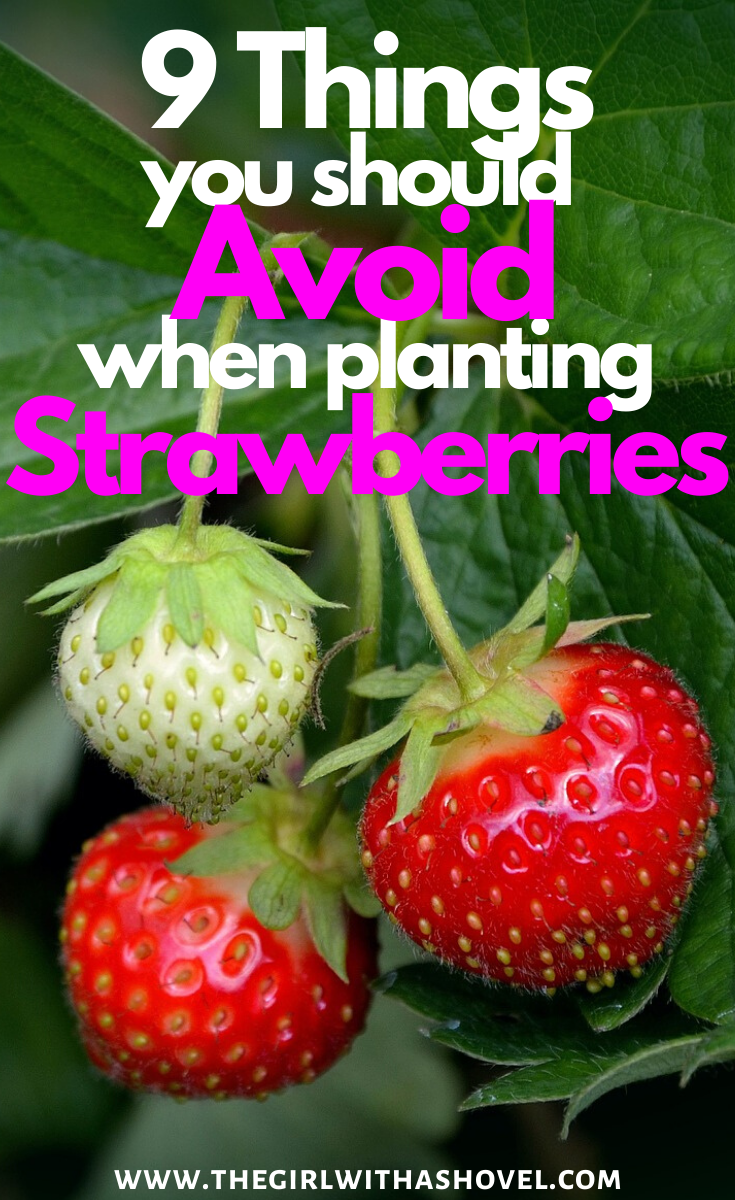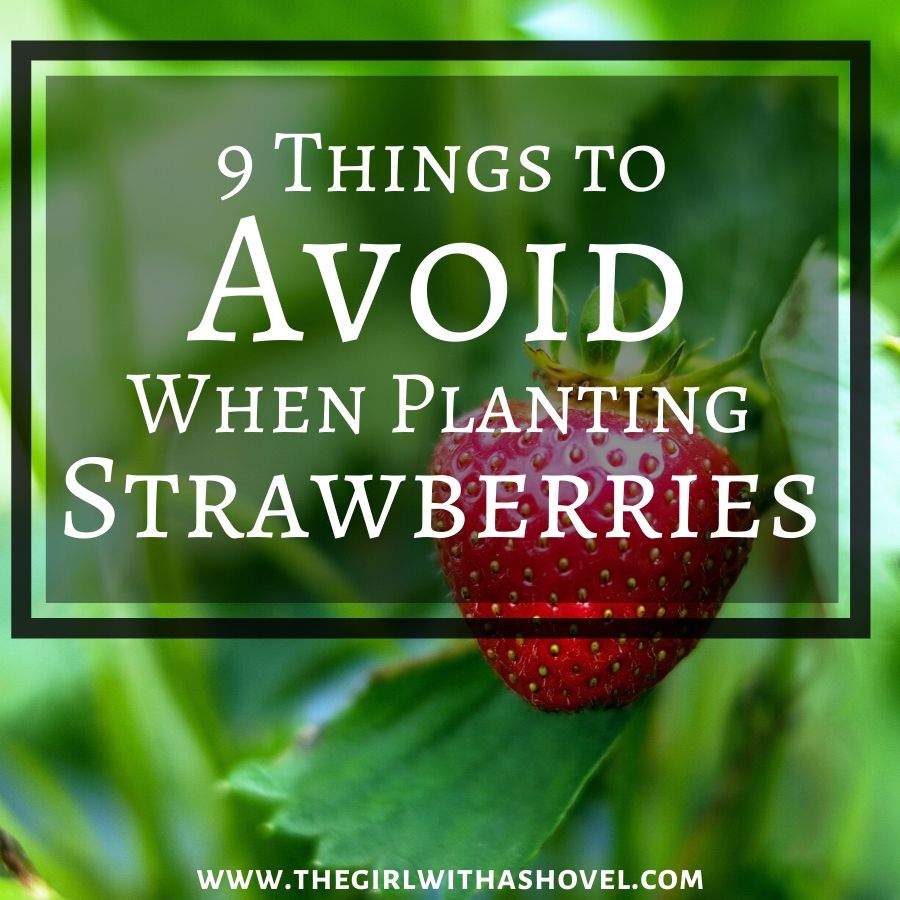Are you looking to plant strawberries this year? Maybe you’ve tried before and for some reason you didn’t get the great harvest you wanted. Or maybe you’re simply new to this and want a few extra tips. Either way, I understand how sometimes we don’t need people telling us how to plant strawberries. Instead, we need to know what you could be doing wrong, and how to avoid it! So here are the 9 things to avoid when planting strawberries. Because by avoiding these things, you are sure to have an amazing harvest!
#1: Avoid Planting Strawberries from Seed
It can be a lot cheaper to plant your strawberries from seed, but if you want to actually harvest strawberries, then you will be better off purchasing bare-root or potted plants. This is because it will take at least 2 years of nurturing your seedling before it will finally give you strawberries. I don’t know about you, but this is a long time when compared to your potted plants producing strawberries in as little as 2 months…
Also, if you use seed from a store-bought strawberry, then you won’t know your strawberry variety. I’ll explain a bit more about why this is important in #4. So go ahead and just pay the extra couple of dollars for an established plant. You will be extremely glad that you did.
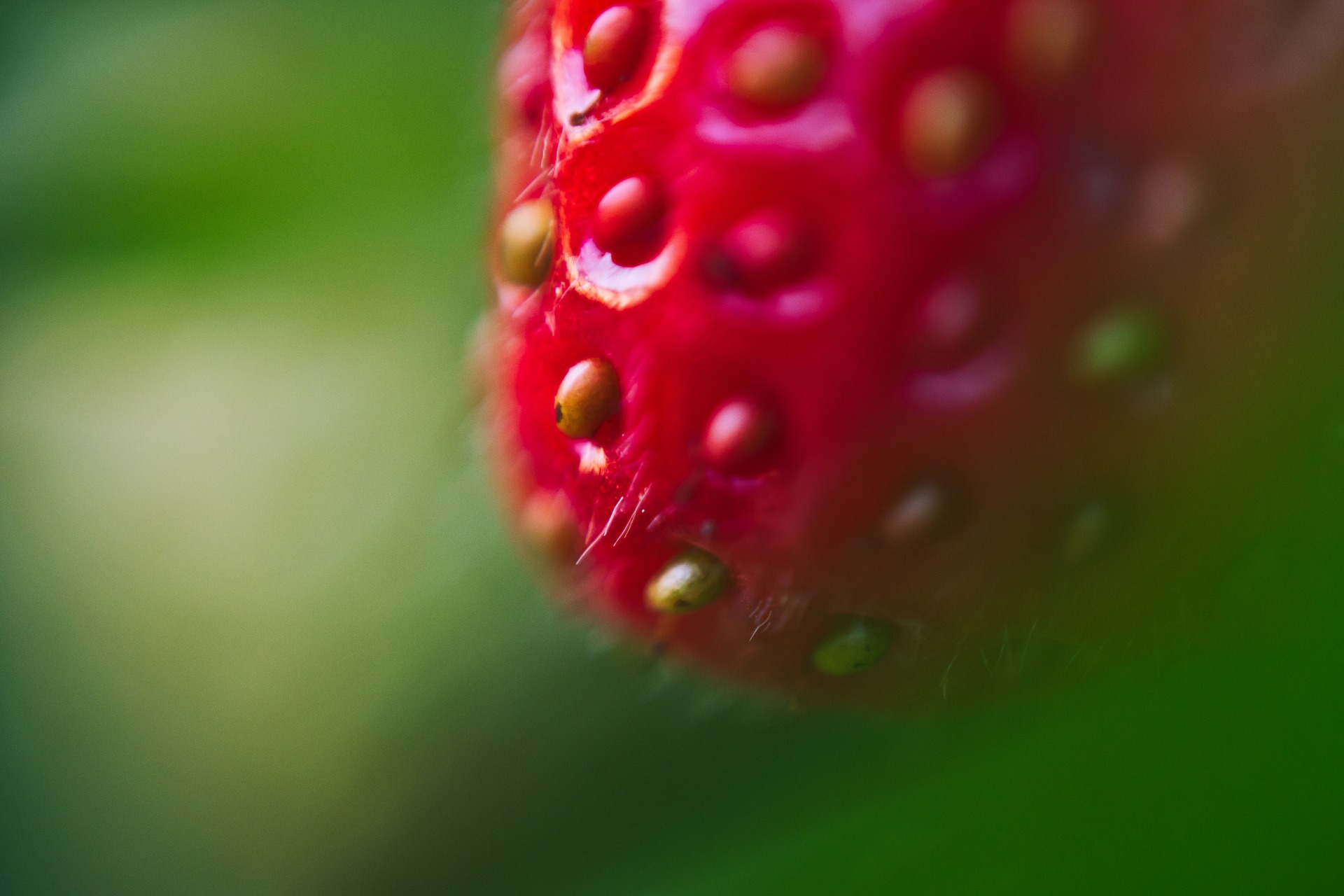
#2: Avoid Planting Strawberries in Pots
If pots are your only option, then go for it. However, if you live in a climate that gets below freezing, then any unprotected potted plants will freeze. This means that they will not come back in the winter. Because of this, it is much smarter to plant them in the soil where they have extra protection from the cold. This will ensure that they come back year after year.
If you HAVE to grow in pots, then once temperatures begin to drop and your plant is done producing, place it somewhere it will be protected from extremely cold temperatures. A lot of people choose to place their pots in an unheated garage. Also try to insulate it from the cold using straw, mulch, old blankets, etc. This will keep your strawberries’ roots from freezing and will ensure that they come back the next year.
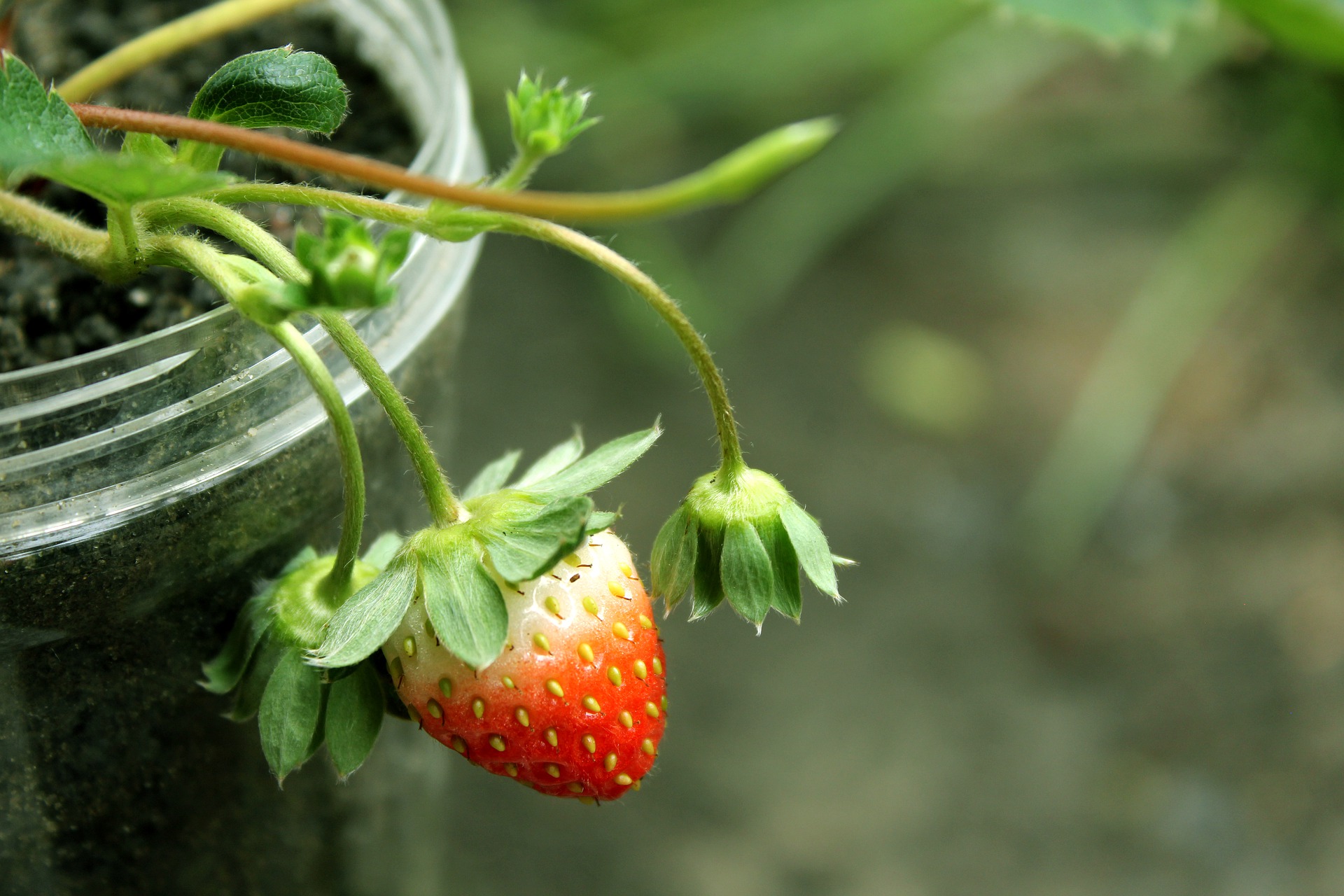
#3: Avoid Poor Soil
Strawberry plants need a lot of nutrients in the soil in order to maintain high production of strawberries. If you plant in poor soil, then you won’t get as many strawberries. To improve your soil, mix in some compost before planting and consider adding a vegetable fertilizer halfway through the growing season.
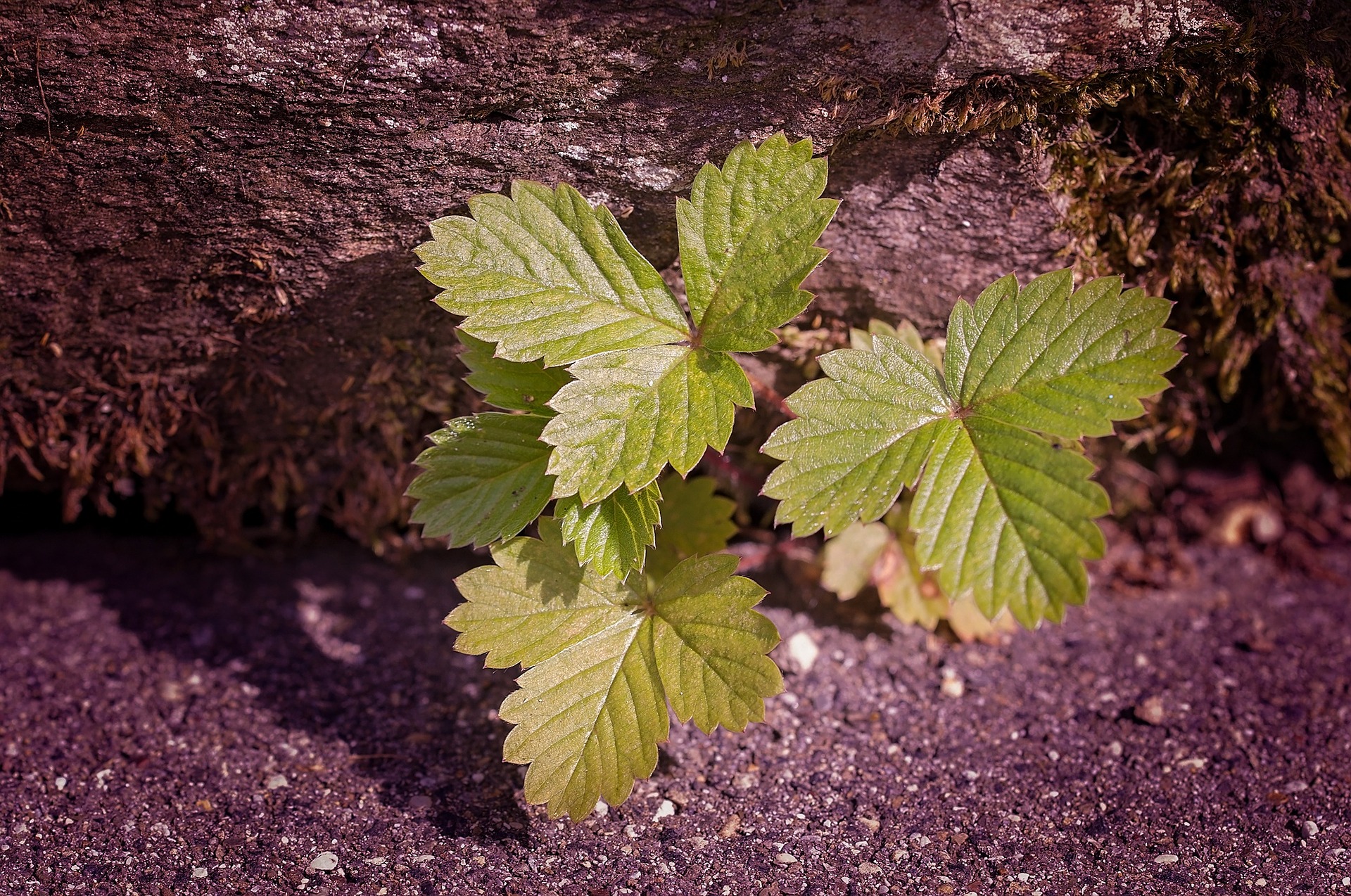
#4: Avoid Unknown Varieties
You need to know what type of strawberries you have because it will ultimately determine the size of berry and the size and time of harvest. These are your three main options:
June-bearing Strawberries
These plants produce one large harvest of strawberries (usually in the early spring). Then, they produce runners for the rest of the season. This variety is best if you need a large harvest of strawberries all at once. These strawberries are usually used to make jams, pies, etc.
Ever-bearing Strawberries
These varieties will usually give you two harvests: one in the early spring, and one in the early fall. They can also produce a few strawberries in between these two larger harvests. One downside to ever-bearing, however, is that they don’t produce as many runners because they are busy producing fruit. These varieties are best for people wanting some larger harvests, but also want some continuous fruit throughout the season.
Day-neutral Strawberries
These strawberry varieties are technically in the ever-bearing group, but they produce a more even, continuous supply of strawberries throughout the growing season. These are also a great choice for people who want a lighter, but continuous supply of strawberries.
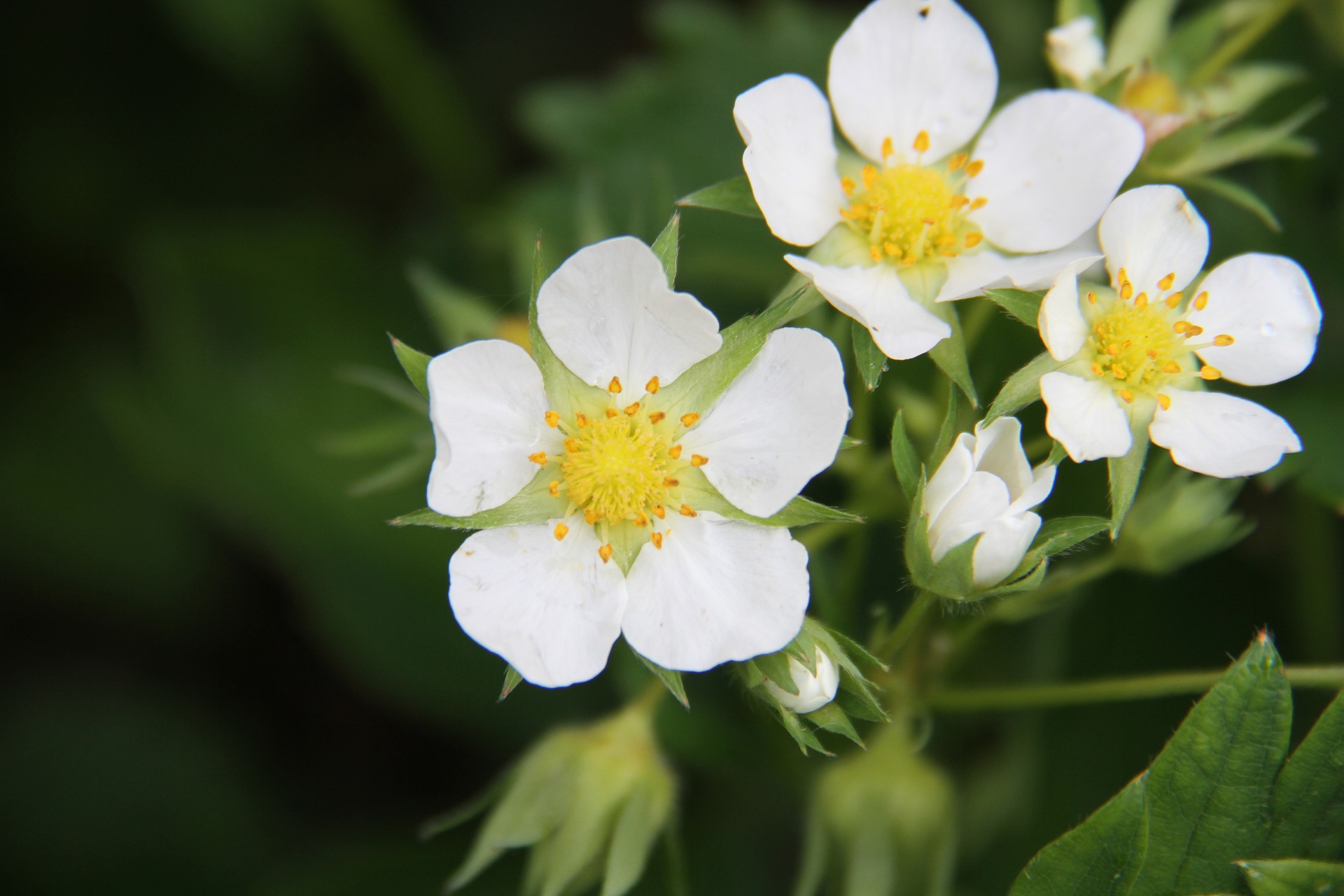
#5: Avoid Planting Strawberries Too Deep or Too Shallow
These plants are extremely picky when it comes to rooting depth. If you plant it too deep (covering the crown of the plant), then it is likely to rot. On the other hand, if it is planted too shallow, the roots are likely to dry up (and strawberry plants do not like dry roots). I try to plant my strawberries at the depth that they are already growing in their pot.
If you are planting bare-root plants, then find the little skirt where the leaf stems are attached to the base of the plant. This little skirt of plant material is the crown. Plant it at a depth where the soil will cover about half of the crown. Make sure to watch the video below to see the correct depth to plant your bare-root strawberries.
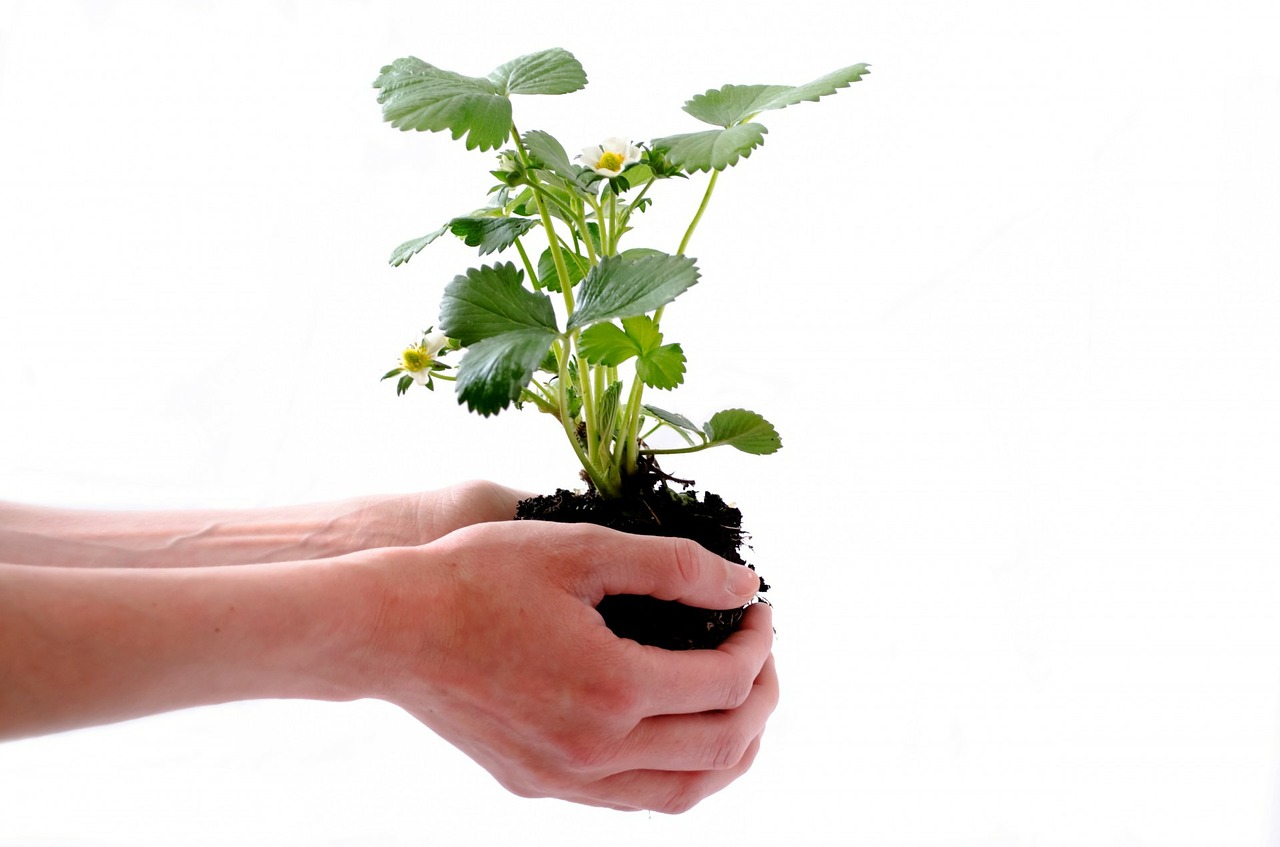
#6: Avoid Planting Too Close Together
Each variety has a specific spacing recommendation. Follow this recommendation. If you place your plants too close together, it decreases the air flow around your plant’s base and lower leaves. This can increase your chances of having a disease problem.
You also want to keep in mind any runners that might develop. If your plants are too close together, then you will need to remove the runners in order to keep your plants from crowding your space.
A little unsure of plant spacing? Check out this awesome video that explains your optimal plant spacing, as well as shows you how to plant your bare-root strawberries at the correct depth!
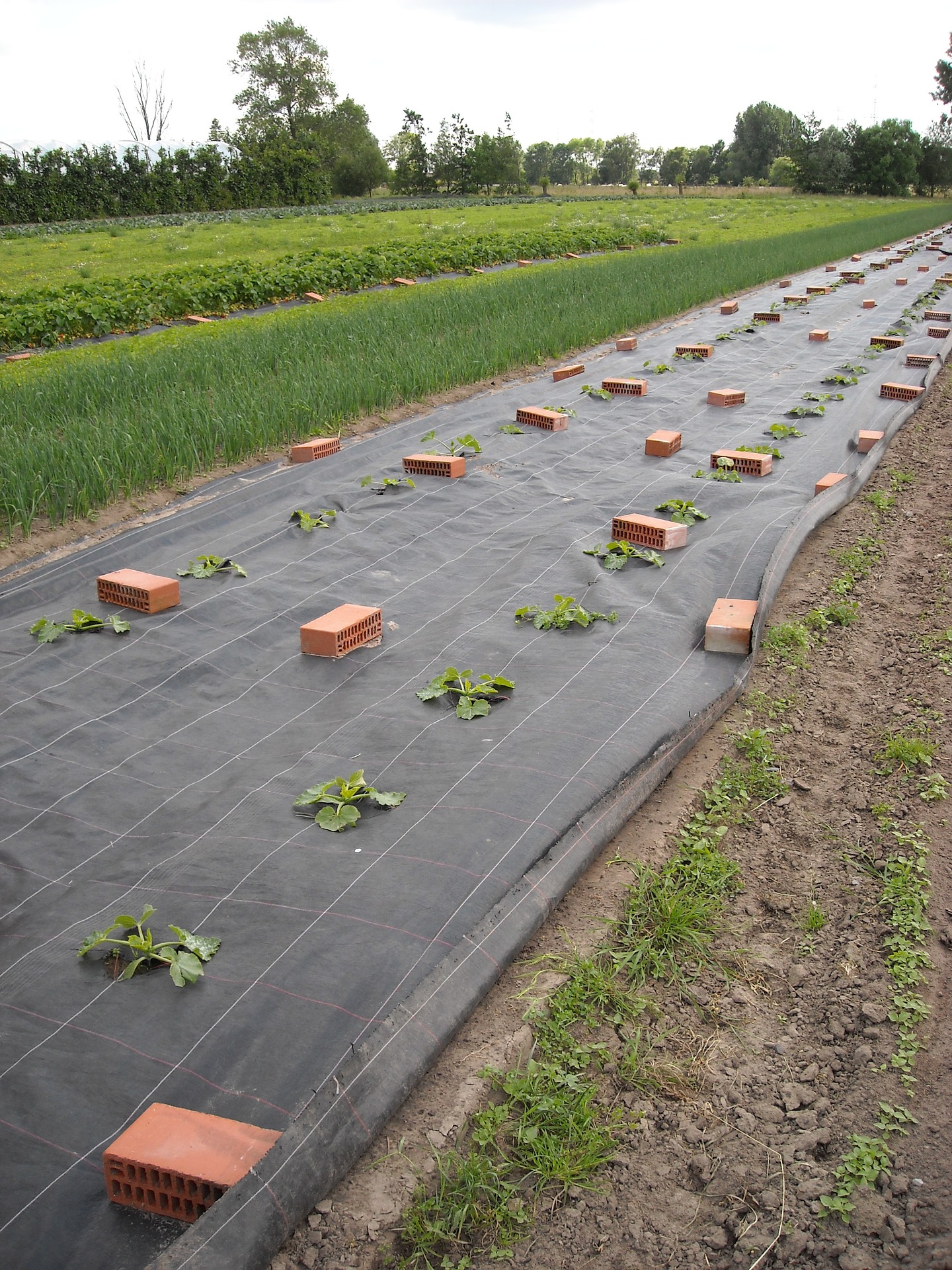
#7: Avoid Planting Near These…
Avoid growing your strawberries next to any plants in the Brassica family. These include cabbage, broccoli, Brussels sprouts, cauliflower, kohlrabi, and kale. These plants will have stunted growth when grown next to each other.
You should also avoid planting your strawberry plants next to tomatoes, potatoes, peppers, melons, mint, or eggplants. These plants are all susceptible to the same diseases as your strawberry plants. So by planting near these other plants, or in a bed that has been growing these plants in the past several years, it will increase your chances of having diseases in your strawberry plants.
For a list of plants that would be good to place near your strawberries, check out Balcony Garden Web’s post, 13 Best Strawberry Companion Plants.
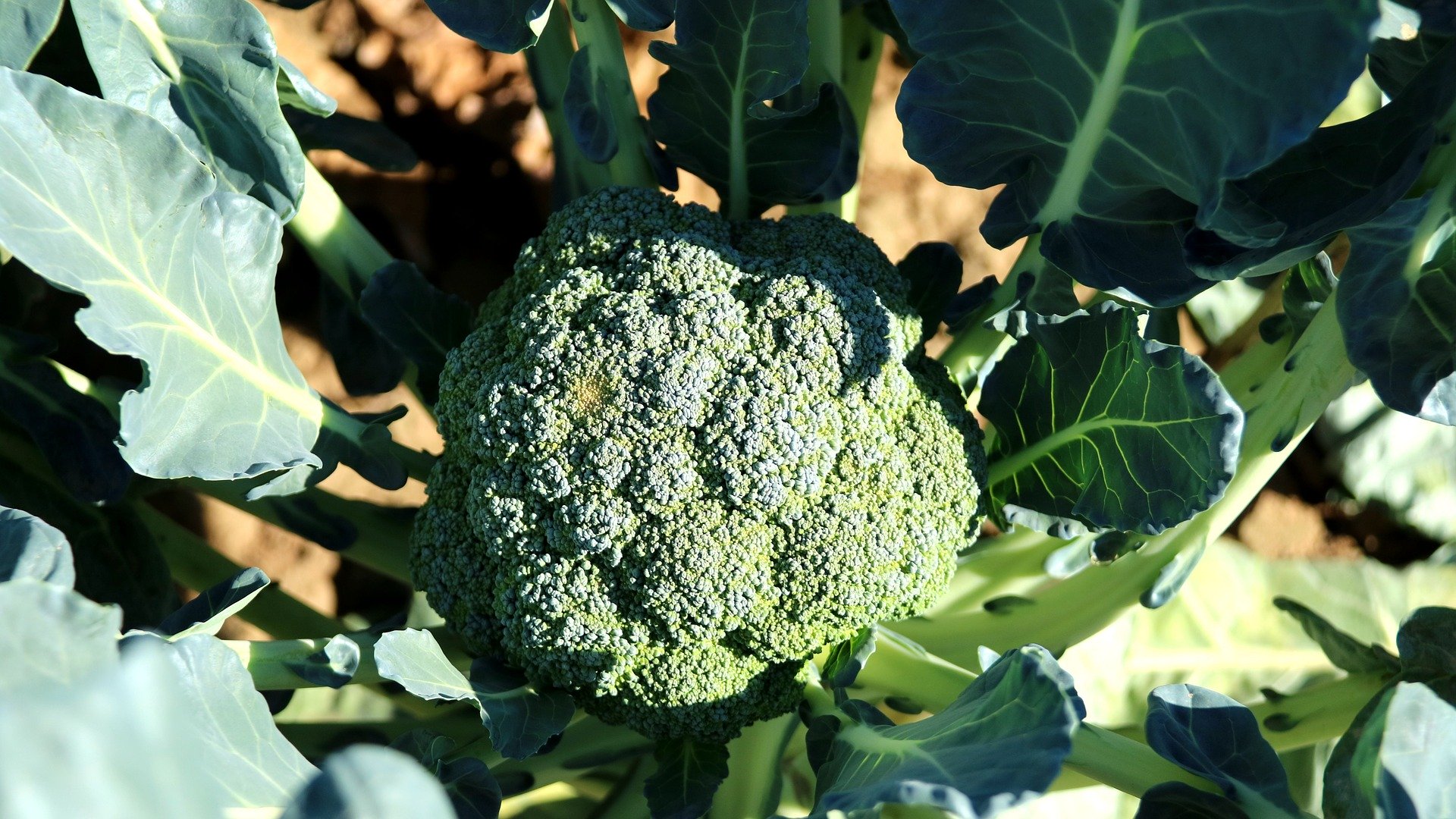
#8: Avoid Letting your Plant Dry Out
Strawberry plants like to stay a bit on the moist side. If your plants get too dry (especially in the hot summer temperatures), then it will stop any fruit production. This is especially harmful to the ever-bearing varieties, as it will stop your harvest. So make sure to keep your plants lightly moist and avoid letting it dry out.
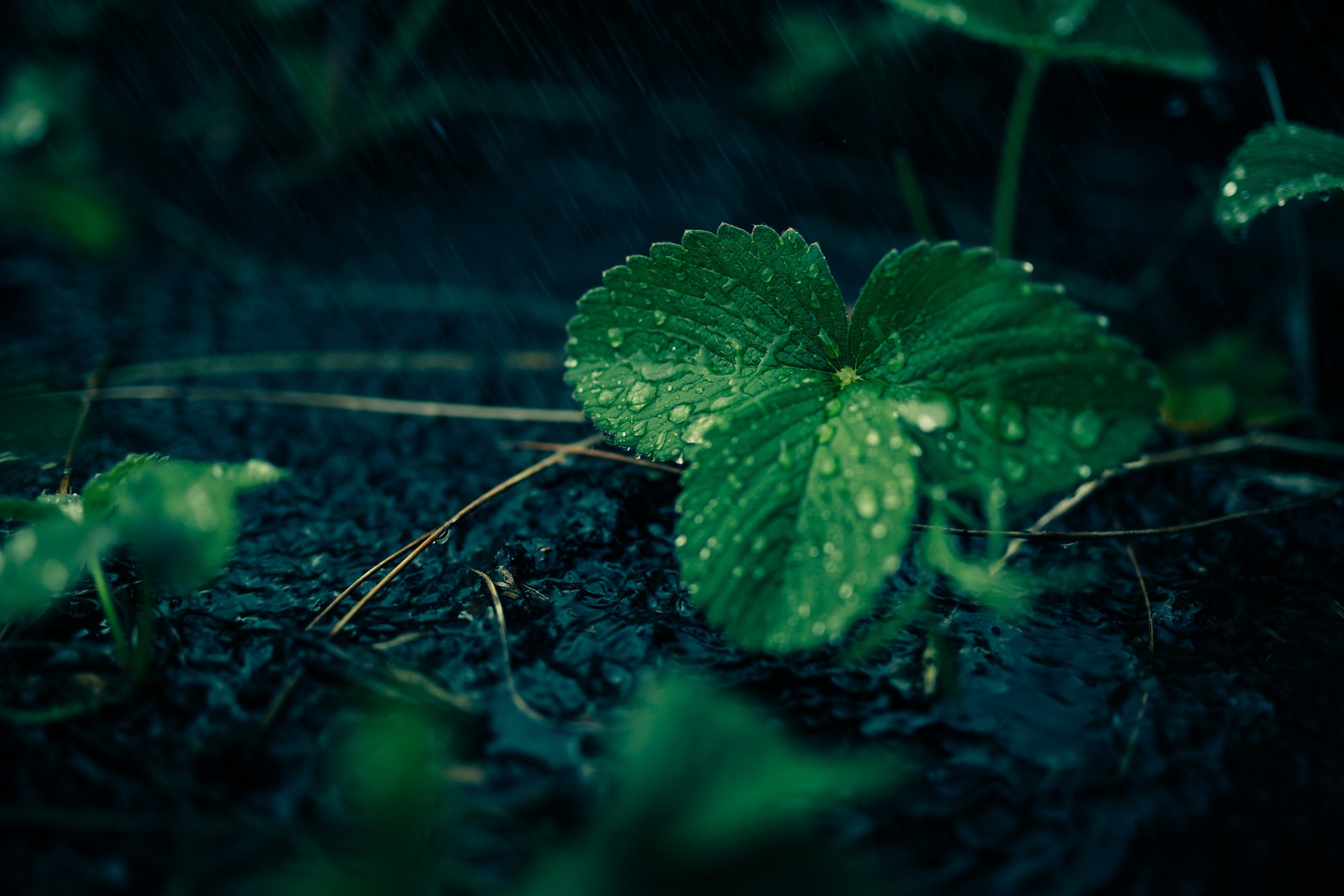
#9: Avoid Letting Fruit Sit on the Ground
Strawberries will hang down to the ground as they get larger and heavier. Because of this, most strawberries end up laying directly on the soil. However, strawberries laying directly on the soil are much more likely to have diseases and pests claim them before you do. So make sure that you lay down something like straw, gravel, or black plastic to keep your strawberries from sitting directly on the soil.
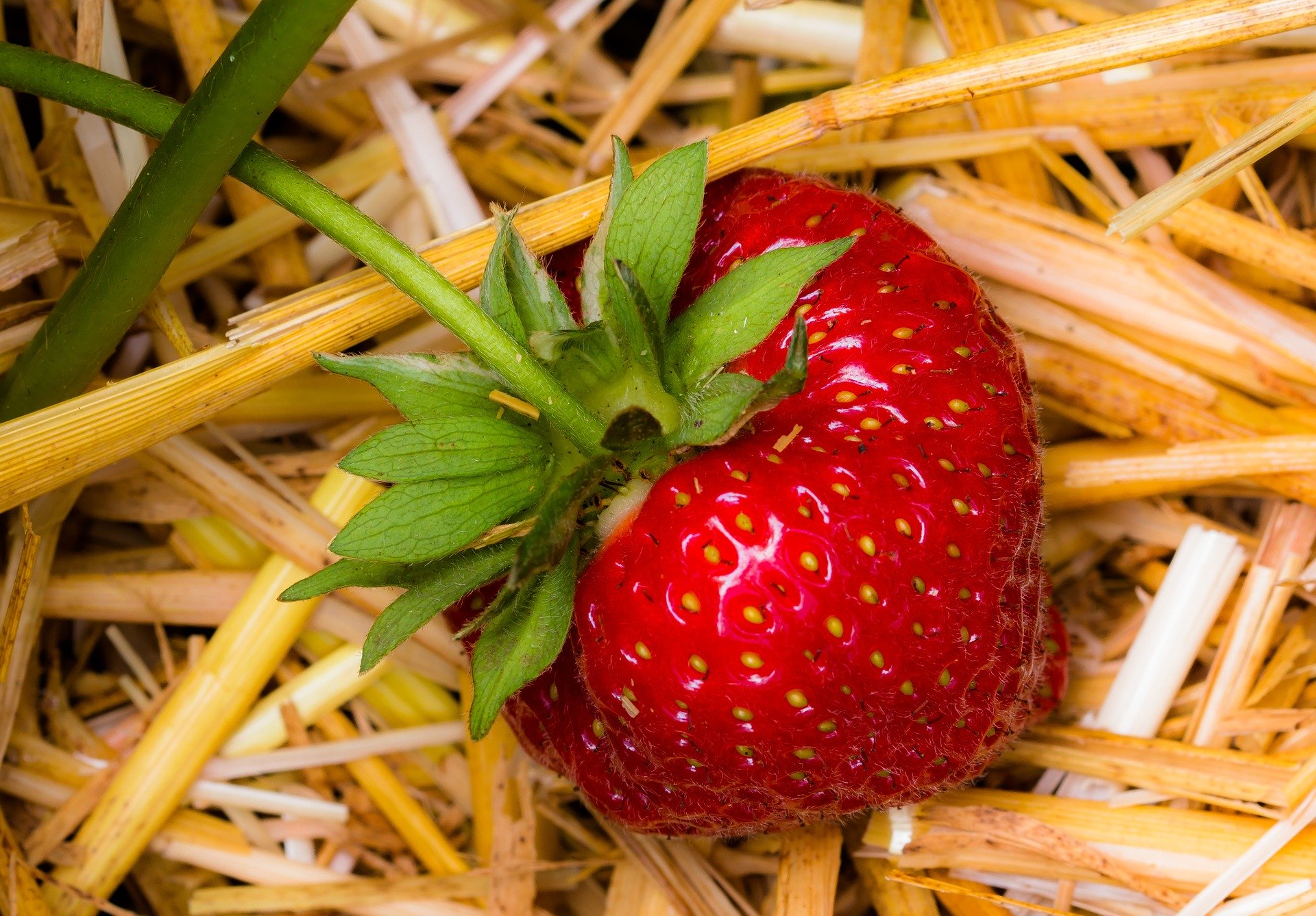
Those are the 9 things to avoid when planting strawberries! Let me know if you have any other questions or comments by leaving them below. And for more awesome tips, subscribe to my email list! Every new subscriber gets a free welcome guide full of expert tips to help you become a master grower! Then make sure that you share this post on your favorite social media channel! You never know how many of your friends are also wanting to enjoy harvesting their own delicious, home-grown strawberries!
Happy Digging!
